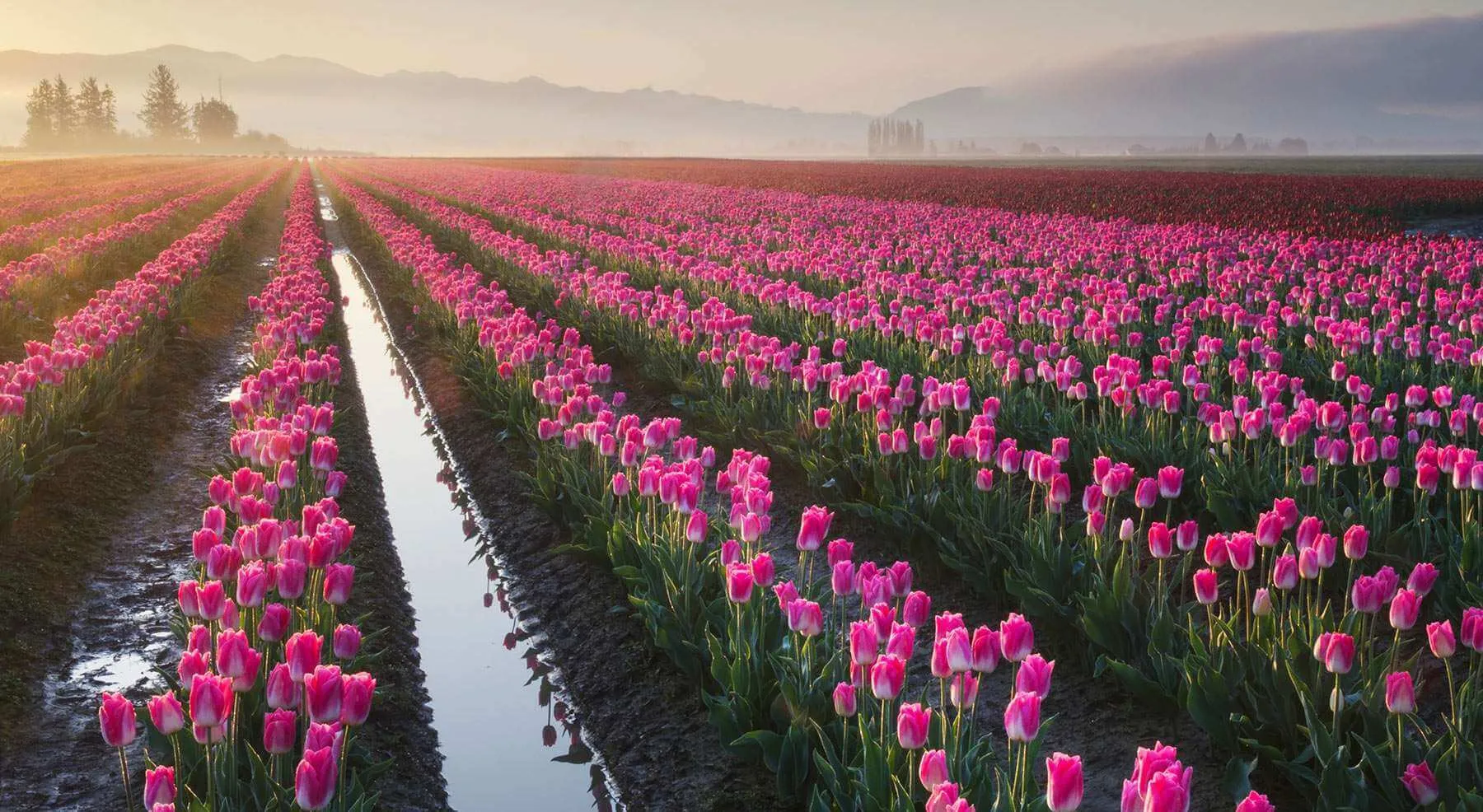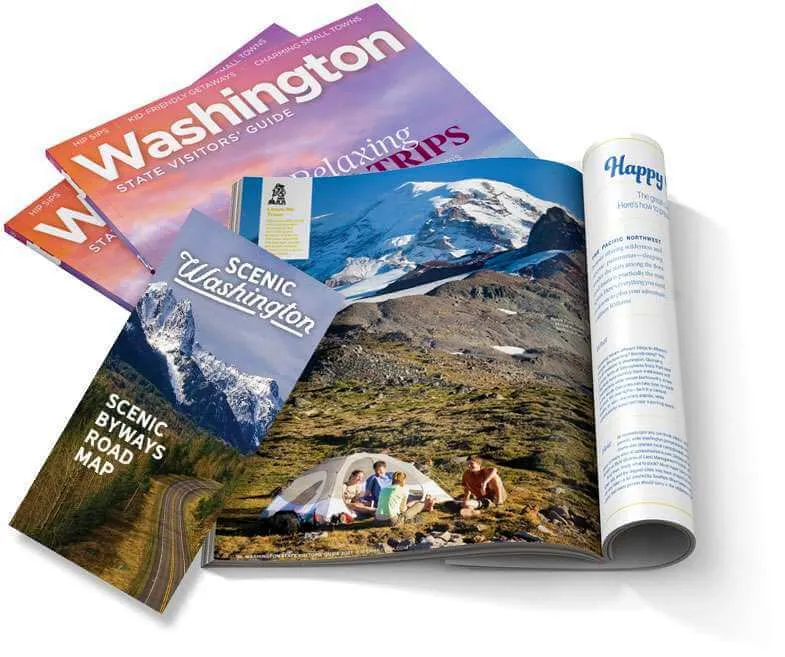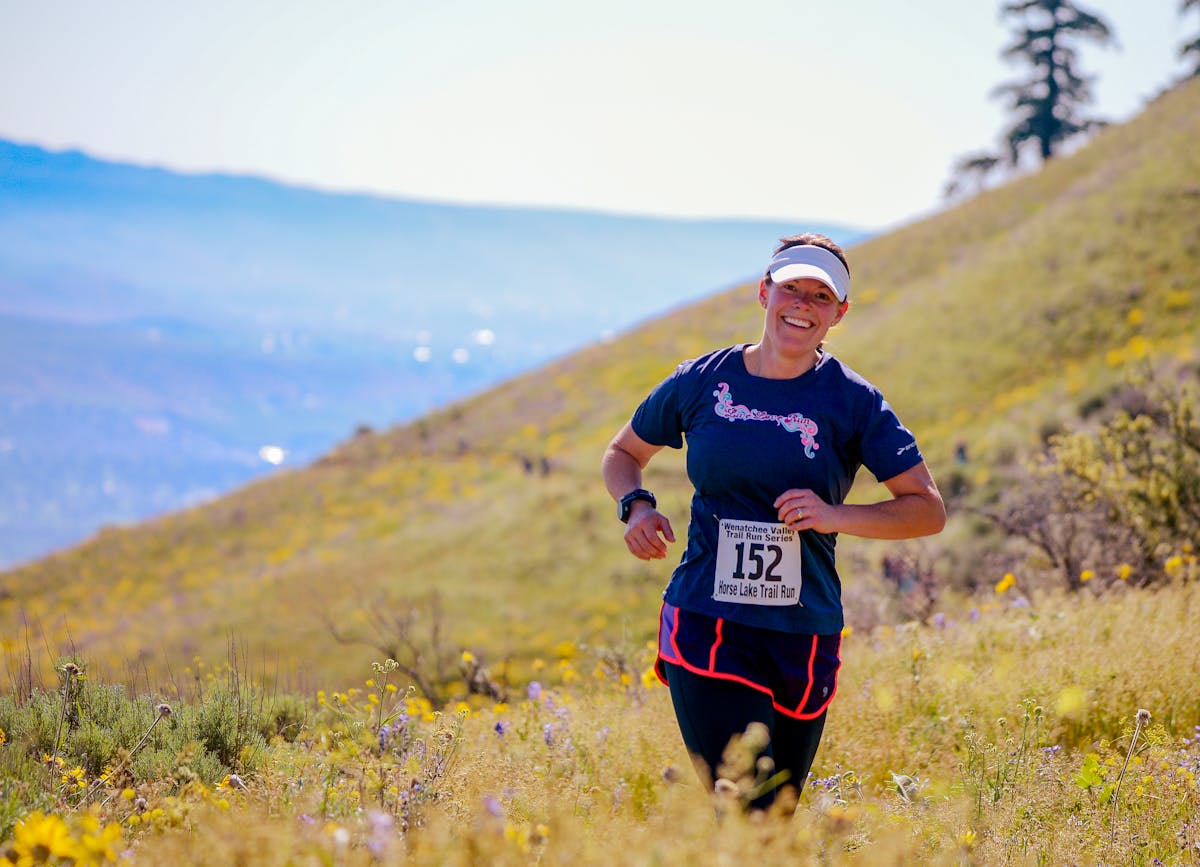Planning a trip filled with diverse landscapes, vibrant cities, rich history, and incredible food? Look no further than the Evergreen State. Washington State Tourism offers an unparalleled variety of experiences, from the bustling urban centers to the rugged mountains and pristine coastlines. This guide will help you navigate the wealth of attractions and plan an unforgettable adventure in the Pacific Northwest gem. Whether you’re seeking outdoor thrills, cultural immersion, or culinary delights, Washington State welcomes you with open arms.
Exploring the Rich Tapestry of Washington State Tourism
Washington is a state of dramatic contrasts and captivating beauty. Its geography alone promises a journey of discovery, stretching from the Pacific Ocean to the arid plains of the east. Understanding the different regions is key to unlocking the full potential of Washington State Tourism. Each area boasts its own unique character, attractions, and activities, appealing to every type of traveler. Prepare to be amazed by the sheer variety on offer.
Seattle’s Dynamic Urban Vibe
Seattle, often called the “Emerald City,” serves as a central hub for Washington State Tourism. It’s a city where tech innovation meets natural beauty, surrounded by water and mountains. Explore iconic landmarks like the Space Needle and Pike Place Market, wander through world-class museums, or enjoy live music venues. The city’s energy is infectious, blending a progressive spirit with a deep appreciation for the arts and outdoors.
Seattle’s culinary scene is a reflection of its diverse population and proximity to fresh ingredients. From seafood caught in the nearby Puget Sound to artisanal coffee shops that fuel the city’s residents, there’s something for every palate. Discover hidden gem restaurants in neighborhoods like Ballard or Capitol Hill, or indulge in fine dining downtown. Food is not just sustenance here; it’s an experience deeply woven into the city’s culture.
Natural Wonders and Outdoor Adventures
Beyond the cities, the true heart of Washington State Tourism often lies in its stunning natural landscapes. The state is home to three national parks, each offering distinct environments and adventures. Olympic National Park features temperate rainforests, rugged coastline, and glaciated peaks. Mount Rainier National Park is dominated by the majestic stratovolcano, offering challenging hikes and breathtaking vistas. North Cascades National Park boasts jagged peaks and alpine lakes.
These parks, along with numerous state forests and recreation areas, provide endless opportunities for outdoor enthusiasts. Hiking, climbing, camping, skiing, snowboarding, and water sports like kayaking and paddleboarding are popular year-round activities. Exploring these natural areas is an essential part of experiencing the best of Washington State Tourism, connecting you directly with the state’s incredible biodiversity and raw beauty.
 Washington State Visitors Guide
Washington State Visitors Guide
Eastern Washington’s Unique Charm
While Western Washington is known for its lush greenery and coastal climate, Eastern Washington offers a completely different perspective. This region is characterized by vast plains, rolling hills, and a drier climate. It’s a significant agricultural area, particularly known for wheat, apples, and wine. The fertile Columbia Valley is a major wine-producing region, attracting visitors for vineyard tours and tastings.
What to Eat in Fort Worth – A Culinary Deep Dive
11 Must-Visit places to go in nevada for Your 2025 Trip
12 Unforgettable Fun Things to Do in Vegas for Couples
Exploring towns like Spokane or Walla Walla reveals a rich history tied to mining, agriculture, and the railroad. The Palouse region, with its distinctive rolling hills, offers stunning photographic opportunities, especially during harvest season. Eastern Washington provides a glimpse into a less-often-seen side of Washington State Tourism, offering wide-open spaces, starry nights, and a relaxed pace of life.
Cultural Immersion and Historical Insights
Washington State’s history is a fascinating blend of indigenous cultures, pioneer spirit, and industrial innovation. The state was originally inhabited by numerous Native American tribes, and their history and culture are still present today in museums, cultural centers, and tribal lands. Learning about their heritage provides crucial context for understanding the state.
Key historical events, from the logging booms and the Klondike Gold Rush connection to the rise of aerospace (Boeing) and technology (Microsoft), have shaped modern Washington. Visiting historical sites, maritime museums, and cultural institutions enriches your Washington State Tourism experience, offering insights into the forces that shaped this dynamic region. Don’t miss the chance to visit historical districts or learn about the state’s connection to the arts and music scene that produced grunge and Jimi Hendrix.
Savoring Washington’s Culinary Landscape
Food plays a central role in any travel experience, and Washington State Tourism offers a bounty of flavors. The state is renowned for its fresh seafood, including salmon, crab, oysters, and clams. Visiting a local fish market or enjoying a seafood boil by the coast is a must-do. The fertile valleys produce an abundance of fruits and vegetables, notably apples, berries, and cherries.
Washington is also a global leader in coffee culture, with Seattle being the birthplace of major coffee chains and countless independent roasters. A perfectly brewed cup of coffee is an essential daily ritual for many. Furthermore, the state’s wine industry is booming, particularly in the eastern regions. Wine tasting tours offer a delightful way to sample world-class vintages and learn about the winemaking process. Craft breweries and cideries are also popular, showcasing local ingredients and creativity.
 Printed copies of the Washington State Visitors
Printed copies of the Washington State Visitors
Planning Your Journey: Resources for Washington State Tourism
Navigating a diverse state like Washington requires good planning. While digital resources are invaluable, sometimes having tangible guides can enhance your experience. Resources like the official Washington State Visitors’ Guide and Road Map are specifically designed to help travelers explore the state effectively. They compile information on attractions, accommodations, activities, and transportation, serving as a handy companion during your trip.

The official guide often includes stunning photography and detailed descriptions of various regions and points of interest. It’s a curated look at the best of what Washington State Tourism has to offer. The road map, on the other hand, is essential for anyone planning to explore the state by car, highlighting scenic byways and major routes. Even in the age of GPS, a physical map provides a reliable overview and helps visualize distances and routes.
Getting Around Washington State
Exploring the state’s attractions means considering transportation. Driving is a popular option, offering flexibility to visit remote natural areas and charming small towns. Washington boasts a network of well-maintained highways and scenic byways that are destinations in themselves. These routes, like the Cascade Loop or the Olympic Peninsula Loop, allow you to immerse yourself in the state’s beauty at your own pace. The official road map can be particularly useful for navigating these routes.
Public transportation options exist in major cities like Seattle and Bellevue. Amtrak trains connect some cities within Washington and to neighboring states like Oregon. Ferries are a unique and essential part of travel in the Puget Sound region, connecting the mainland to islands and the Olympic Peninsula, offering stunning views along the way. Considering a mix of transportation methods can optimize your Washington State Tourism experience.
Best Time to Experience Washington State Tourism
The ideal time to visit Washington State depends heavily on your interests. Summer (June to September) offers the warmest weather, perfect for hiking, camping, and exploring coastal areas. This is also peak tourist season. Spring brings blooming flowers (like the famous Skagit Valley tulips) and lush greenery. Fall is stunning with changing leaf colors, especially in the mountains and eastern orchards. Winter offers skiing, snowboarding, and cozy city experiences, though rain is common in Western Washington.
Each season presents unique opportunities for Washington State Tourism. Researching seasonal events, weather patterns, and potential closures (especially in national parks during winter) is crucial for planning a successful trip tailored to your preferences. Flexibility with your dates can sometimes lead to fewer crowds and better deals.
Conclusion: Your Washington State Adventure Awaits
From the misty rainforests and snow-capped peaks to the bustling city streets and quiet vineyards, Washington State Tourism offers a journey of incredible diversity and depth. It’s a place where nature’s grandeur meets human innovation, where history is palpable, and where every meal tells a story of the land and sea. Whether you’re seeking adventure, relaxation, cultural enrichment, or culinary exploration, Washington State has something to captivate you.
Start planning your exploration today. Utilize available resources like the official guides and maps to help chart your course through this magnificent state. Embark on a journey that will not only show you stunning sights but also connect you with the unique spirit and vibrant life of Washington. Your unforgettable adventure in the Pacific Northwest is just waiting to begin.
Frequently Asked Questions About Washington State Tourism
- What is the best way to get around Washington State?
Driving offers the most flexibility, especially for visiting natural areas and small towns. Major cities have public transport. Ferries are essential for Puget Sound travel. - What are the must-see attractions in Washington State?
Highlights include Seattle (Space Needle, Pike Place Market), Olympic National Park, Mount Rainier National Park, the San Juan Islands, and the wine regions in Eastern Washington. - Is Washington State expensive to visit?
Costs can vary. Major cities like Seattle are generally more expensive for accommodation and dining. Visiting national parks requires entrance fees. Planning ahead and utilizing resources like free guides can help manage costs. - When is the tulip festival in Washington State?
The Skagit Valley Tulip Festival typically takes place in April, though the exact timing depends on the weather and bloom cycles. It’s a major spring event for Washington State Tourism. - What kind of food is Washington State known for?
Washington is famous for seafood (salmon, crab, oysters), apples and other produce, coffee, and wine. Craft breweries and local farm-to-table dining are also popular.
